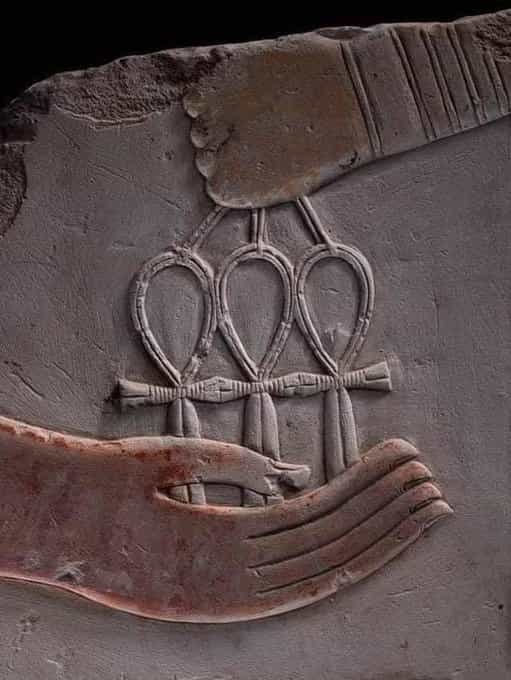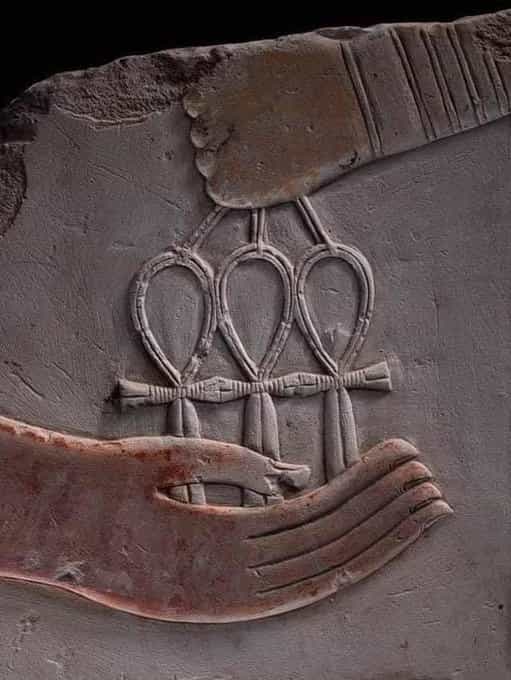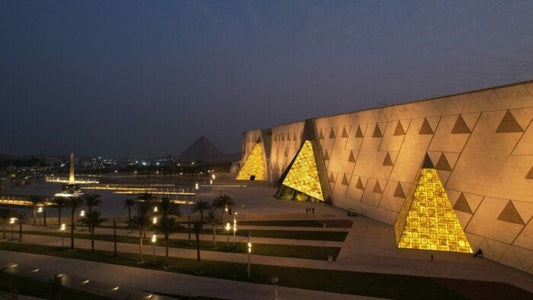The Ankh: Unraveling the Meaning of Ancient Egypt's Key of Life
Introduction: More Than Just a Symbol
-
Introduce the Ankh's iconic status – one of the most recognizable symbols from ancient Egypt, instantly evoking mystery and history.
-
Introduce it as the "key of life" or "cross of life," representing the word for "life" and the concept of eternal life.
-
Briefly mention what the article will cover (its origins, varied meanings, how it was used, and its enduring appeal).
Section 1: What Does the Ankh Look Like? Its Unique Form and Hieroglyphic Roots
-
Describe its distinctive T-shape topped by a droplet-shaped loop.
-
Explain that it's an ancient Egyptian hieroglyphic sign (`nh) representing the sound and concept of "life," "to live," or "breath of life."
-
Possible Origins (Briefly Discuss Theories):
-
Sandal Strap: Briefly mention Sir Alan H. Gardiner's theory of a sandal strap.
-
Isis Knot/Tyet: Discuss the theory of its relation to the Tyet (Knot of Isis), symbolizing protection and fertility, and its resemblance to an intricate bow or girdle.
-
Union of Opposites: Mention the theory of it representing the union of male (T-bar) and female (loop) reproductive organs, symbolizing creation and perpetual life.
-
Water/Air Symbolism: Explain how it could also represent essential life-giving elements.
-
Section 2: The Ankh's Profound Meanings: Life, Immortality, and Divine Power
-
Symbol of Life & Eternal Life: This is its primary and most famous meaning. Emphasize the Egyptian belief in an afterlife and the Ankh's role in it.
-
Explain its popular interpretation as the "key to the gates of death," unlocking the next existence.
-
Divine Power and Protection:
-
Gods depicted holding the Ankh: Explain how deities like Osiris, Isis, Ra, and Anubis were often shown holding it, symbolizing their power to grant and sustain life, and to revive souls in the afterlife.
-
Gift from Gods to Pharaohs: Discuss scenes where gods offer the Ankh to the pharaoh's nose, representing the "breath of life" and divine favor.
-
Amuletic Use: Mention its use as a protective charm worn by individuals in life and buried with the dead.
-
-
Fertility and Creation: Elaborate on its association with creation, the sun, and the continuous cycle of life.
Section 3: The Ankh in Ancient Egyptian Life: Beyond the Temples
-
Funerary Context:
-
Placement in sarcophagi and tombs.
-
References to the dead as ankhu (having life/living).
-
Depictions in funerary art.
-
-
Daily Use and Objects:
-
Mention Ankh-shaped mirrors (like those found in Tutankhamun's tomb), vessels, jewelry, and decorative objects.
-
Its appearance in monumental architecture alongside the was (dominion) and djed (stability) symbols.
-
-
Wishes and Oaths: Briefly touch upon its use in everyday language, such as in wishes for long life.
Section 4: The Ankh's Enduring Legacy: From Ancient Egypt to Today
-
Survival Through Time: Discuss how the Ankh was one of the few ancient Egyptian symbols to endure beyond the Pharaonic era.
-
Coptic Christian Connection: Explain its assimilation into early Coptic Christianity, where its meaning of eternal life resonated with Christian beliefs, potentially influencing the Christian cross.
-
Modern Day Popularity: Discuss its continued use in jewelry, art, and modern spirituality as a symbol of life, hope, and connection to ancient wisdom.
Conclusion: Carry the "Key of Life" with KenzMisr
-
Summarize: Briefly reiterate the Ankh's profound significance as a multifaceted symbol of life, immortality, and divine power.
-
-
"At KenzMisr, we honor the timeless legacy of the Ankh by offering meticulously crafted replicas, certified by the Egyptian Ministry of Tourism and Antiquities."
-
"Whether you seek an elegant Ankh Necklace as a personal talisman, a majestic Ankh Cross Bag to carry history with you, or an exquisite Ankh figurine for your home, our collection allows you to own a piece of this ancient wisdom."
-
"Explore our range of Ankh | key of life items and bring the enduring spirit of Ancient Egypt into your life today."
-
"What does the Ankh mean to you? Share your thoughts in the comments below!"
-



